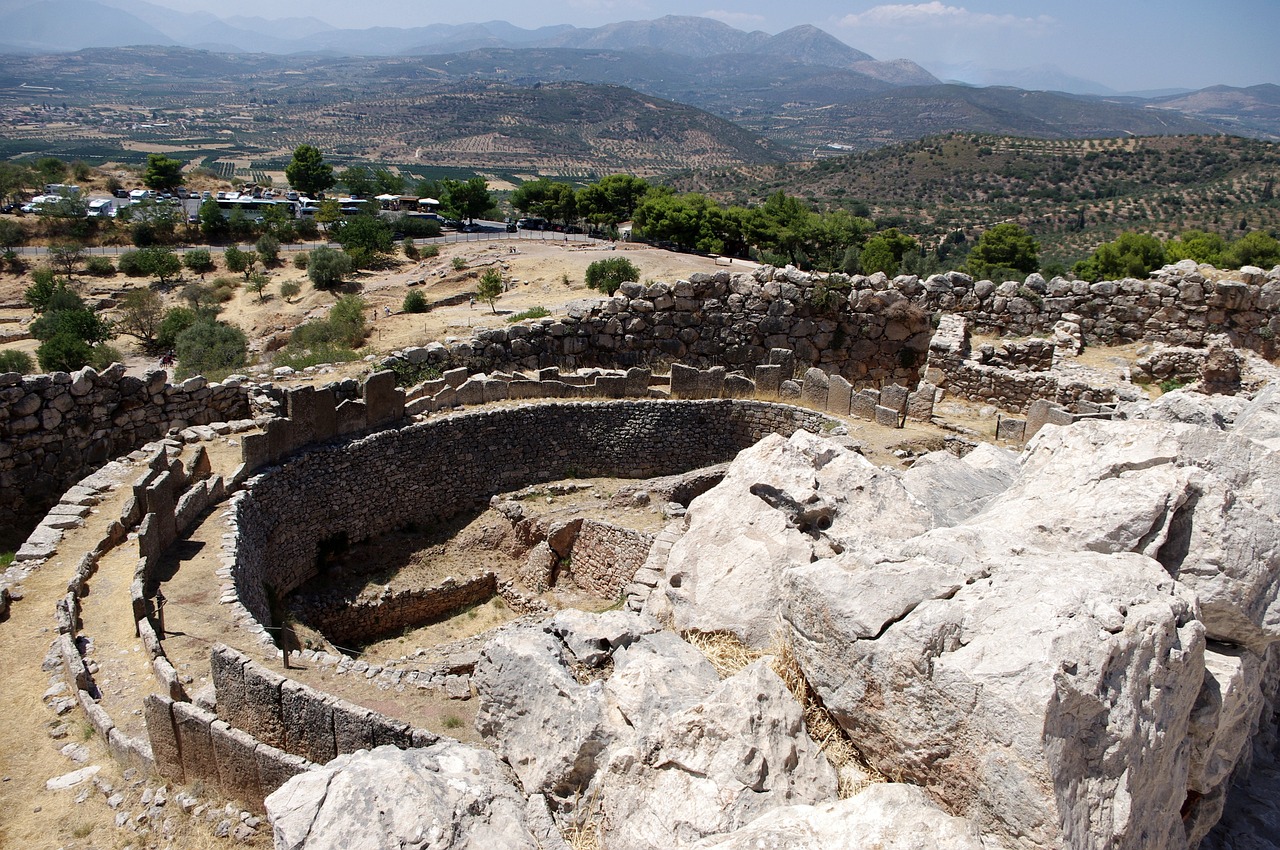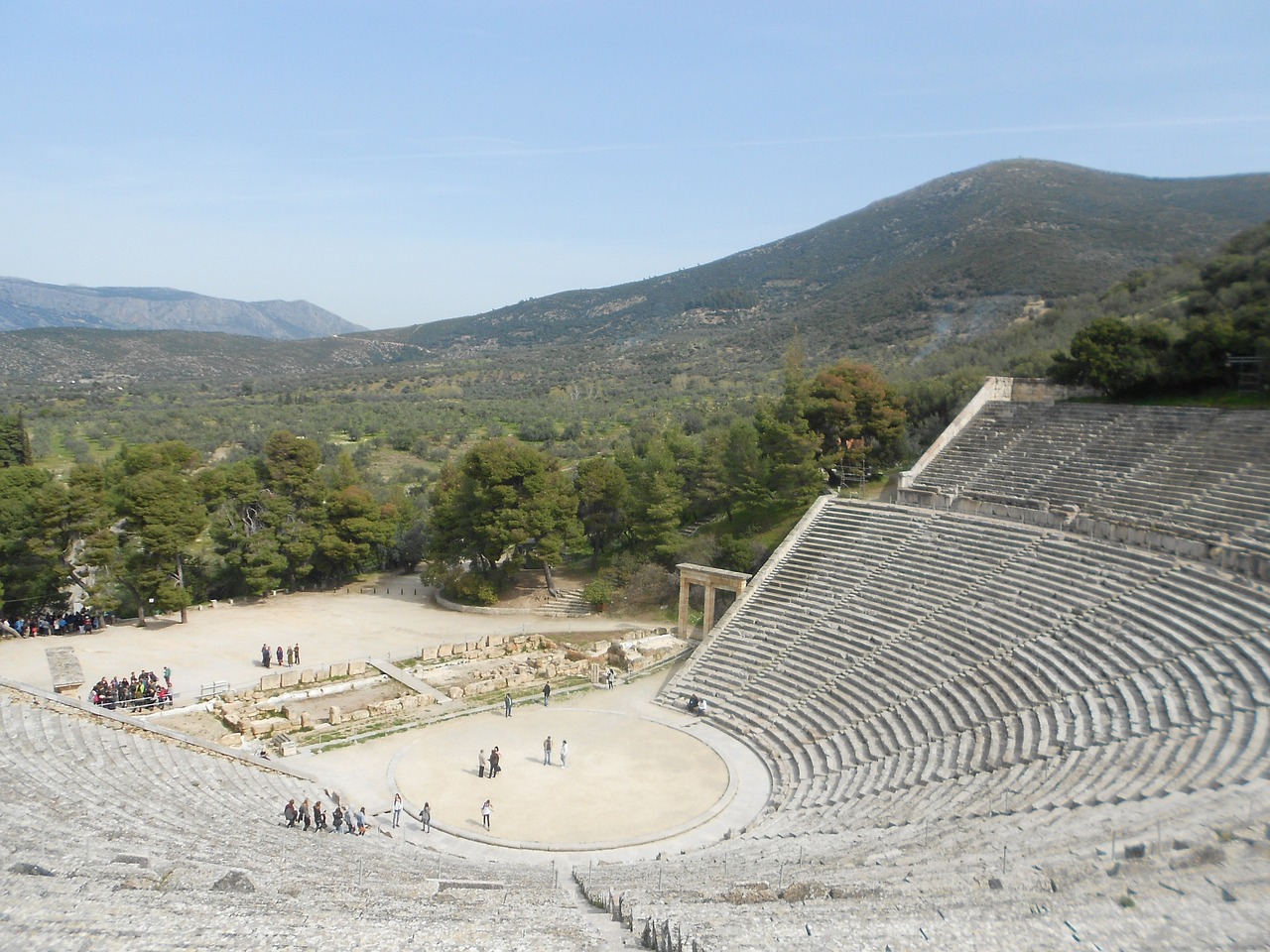THE BEST HISTORIC SITES
GREECE
Explore Greece’s rich tapestry of history through its most iconic historic sites. From the grandeur of the Acropolis in Athens and the ancient sanctuary of Delphi to the healing center of Epidaurus and the mythic Palace of Knossos, discover the remnants of civilizations that shaped the Western world. This guide delves into the must-visit archaeological treasures, their fascinating histories, and practical travel tips to help you journey through time in one of the world’s most storied landscapes.
Top Greek Archaeological Sites to Visit
Greece, a land where ancient history and mythology intertwine, offers an abundance of archaeological sites that reflect its rich and storied past. From the grandeur of ancient temples to the remnants of bustling ancient cities, Greece’s archaeological sites provide a fascinating glimpse into its history. Here are the top Greek archaeological sites you should consider visiting.
Acropolis of Athens
Description
The Acropolis of Athens is one of the most iconic and significant archaeological sites in the world. This ancient citadel, perched on a rocky outcrop above the city of Athens, is home to several iconic structures, including the Parthenon, the Erechtheion, and the Temple of Athena Nike. The Acropolis stands as a testament to the architectural and artistic achievements of ancient Greece.
History
The Acropolis has been inhabited since prehistoric times, but it was during the 5th century BC, under the leadership of Pericles, that the most significant structures were built. These buildings exemplify the height of classical Greek art and architecture. The Acropolis served as a religious center dedicated to Athena, the patron goddess of Athens, and was also a symbol of Athenian democracy and cultural supremacy.
Highlights:
- Parthenon: A temple dedicated to Athena, renowned for its architectural perfection and historical significance. The Parthenon is the epitome of Doric architecture and houses intricate sculptures and friezes.
- Erechtheion: Known for its distinctive Caryatids, the sculpted female figures serving as columns. This temple was dedicated to both Athena and Poseidon.
- Temple of Athena Nike: A small temple celebrating Athenian victories, particularly those in the Persian Wars.
- Propylaea: The grand entrance gate to the Acropolis, showcasing classical Greek architecture.
When to Go
The best time to visit is in the spring (April to June) or fall (September to October) when the weather is mild and the crowds are thinner. Early mornings or late afternoons offer a more comfortable experience and beautiful lighting for photography.
Getting There
The Acropolis is located in the heart of Athens and is easily accessible by metro (Acropoli station), bus, or on foot from many central areas. The central location makes it convenient for visitors staying anywhere in Athens.
Getting Around
The site is best explored on foot. Wear comfortable shoes as the terrain can be uneven and involve some climbing. Audio guides and guided tours are available to provide deeper insights into the site’s history.
Delphi
Description
Delphi, located on the slopes of Mount Parnassus, was once considered the center of the world in ancient Greek religion. It was home to the famous Oracle of Delphi and the sanctuary of Apollo. Delphi is renowned for its spiritual and historical significance, drawing visitors from around the world.
History
Delphi was an important religious center from as early as the 8th century BC. Pilgrims from all over Greece and beyond would come to consult the oracle, who was believed to convey the prophecies of Apollo. The site flourished until the rise of Christianity in the 4th century AD, after which it gradually declined.
Highlights
- Temple of Apollo: Where the Oracle of Delphi would deliver her prophecies, this temple is central to the site’s religious significance.
- Theatre of Delphi: Offering stunning views of the valley below, it was used for religious and cultural festivals.
- Stadium of Delphi: Used for the Pythian Games, which were similar to the Olympic Games and held in honor of Apollo.
- Tholos of Delphi: A circular building with mysterious origins, thought to be used for ritualistic purposes.
When to Go
The best time to visit Delphi is in the spring or fall to avoid the summer heat and crowds. The site is particularly beautiful in the spring when the wildflowers are in bloom.
Getting There
Delphi is about a two-hour drive from Athens. Buses run regularly from Athens’ KTEL station, making it accessible even for day trips.
Getting Around
The site is spread out on a hillside, so be prepared for some walking and climbing. The Delphi Archaeological Museum, located nearby, provides additional context and houses artifacts from the site.
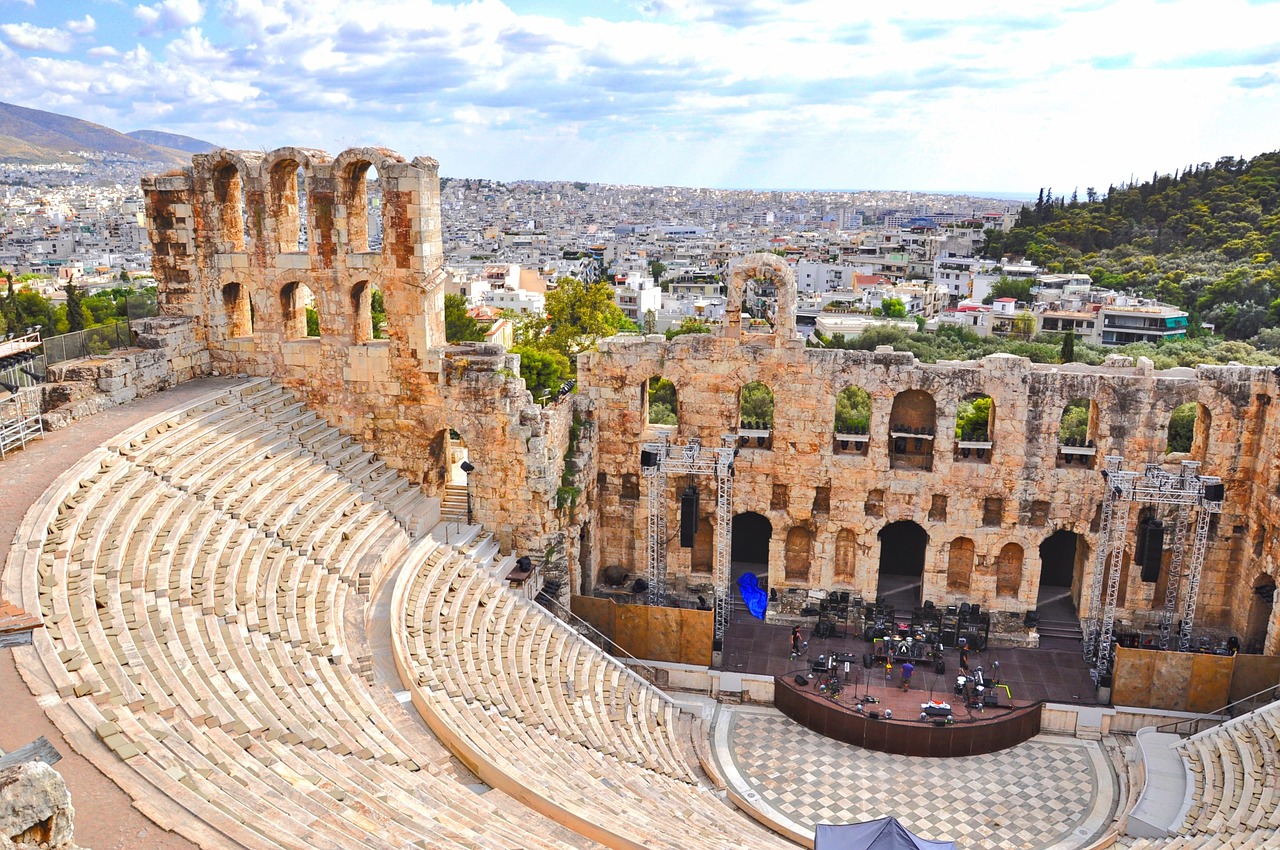
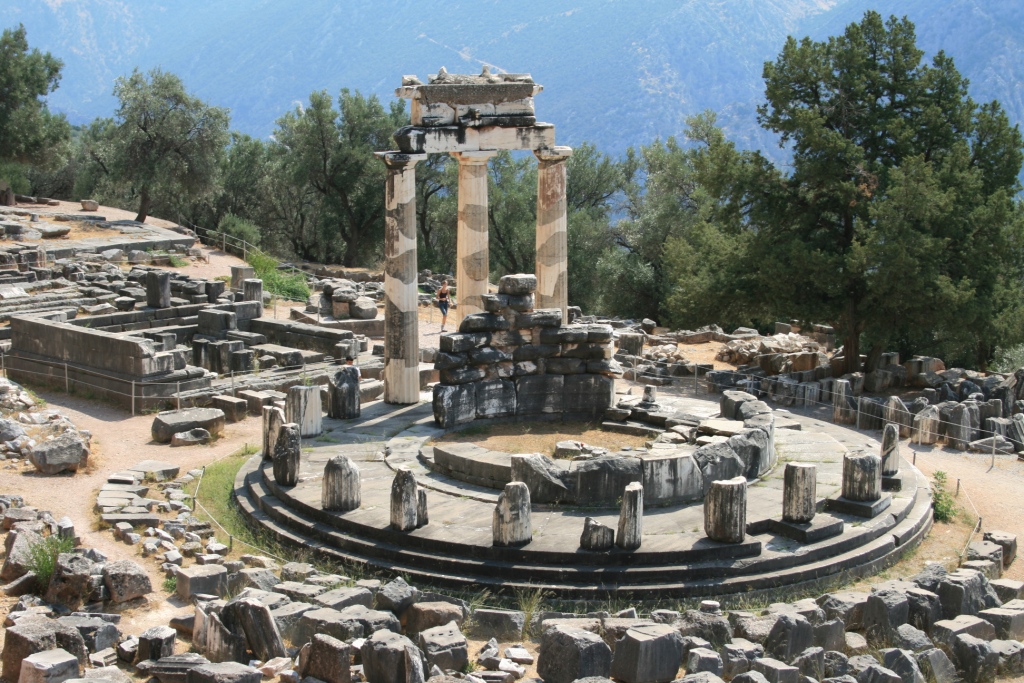
Olympia
Description
Olympia is the birthplace of the Olympic Games. This ancient sanctuary, located in the Peloponnese, was dedicated to Zeus and hosted the original Olympic Games starting in 776 BC. Olympia is a UNESCO World Heritage Site and one of Greece’s most important archaeological sites.
History
Olympia was a major religious center dedicated to Zeus. The Olympic Games were held every four years to honor him, attracting athletes and spectators from all over the Greek world. The site was gradually abandoned after the rise of Christianity and the prohibition of pagan festivals in the late Roman period.
Highlights
- Temple of Zeus: Once home to the colossal Statue of Zeus, one of the Seven Wonders of the Ancient World.
- Ancient Stadium: Where the Olympic Games were held, this stadium could accommodate thousands of spectators.
- Temple of Hera: One of the oldest temples in Greece, dedicated to the wife of Zeus.
- Archaeological Museum of Olympia: Houses artifacts from the site, including the famous statue of Hermes by Praxiteles and numerous athletic trophies and votive offerings.
When to Go
Visit in the spring or fall to enjoy pleasant weather and fewer tourists. The summer months can be hot, but the site is well worth visiting year-round.
Getting There
Olympia is about a four-hour drive from Athens. Buses and trains connect Olympia with Athens and other major cities. Many tour operators also offer day trips or overnight excursions to Olympia.
Getting Around
The site is compact and can be easily explored on foot. Comfortable walking shoes are recommended, and shade and water are important considerations during the hotter months.
Knossos
Description
Knossos, located on the island of Crete, is the largest Bronze Age archaeological site on the island and is often referred to as Europe’s oldest city. It was the center of the Minoan civilization and is famous for its advanced architecture and complex layout.
History
Knossos was the ceremonial and political center of the Minoan civilization, which flourished from approximately 2000 to 1400 BC. The palace is associated with legends such as the Labyrinth and the Minotaur. The site was first excavated by Sir Arthur Evans in the early 20th century, who restored parts of the palace to illustrate its original grandeur.
Highlights
- The Palace of Knossos: A sprawling complex with intricate frescoes, elaborate rooms, and advanced plumbing systems. It includes the Throne Room and the Queen’s Megaron.
- Throne Room: Featuring the oldest throne in Europe, the room is decorated with frescoes depicting griffins.
- Frescoes: Including the famous Bull-Leaping fresco and the Prince of the Lilies.
- North Entrance: Known for its depiction of a charging bull, this entrance showcases Minoan art and architecture.
When to Go
The best time to visit Knossos is in the spring or fall. Summer can be extremely hot and crowded, while winter offers a quieter experience with fewer visitors.
Getting There
Knossos is located about 5 kilometers from Heraklion, Crete’s capital. Buses run frequently from Heraklion to the site. Alternatively, taxis and rental cars are convenient options.
Getting Around
The site is best explored on foot. Consider hiring a guide for a more in-depth understanding of the site’s history and significance. The Heraklion Archaeological Museum, which houses many artifacts from Knossos, is also worth a visit.
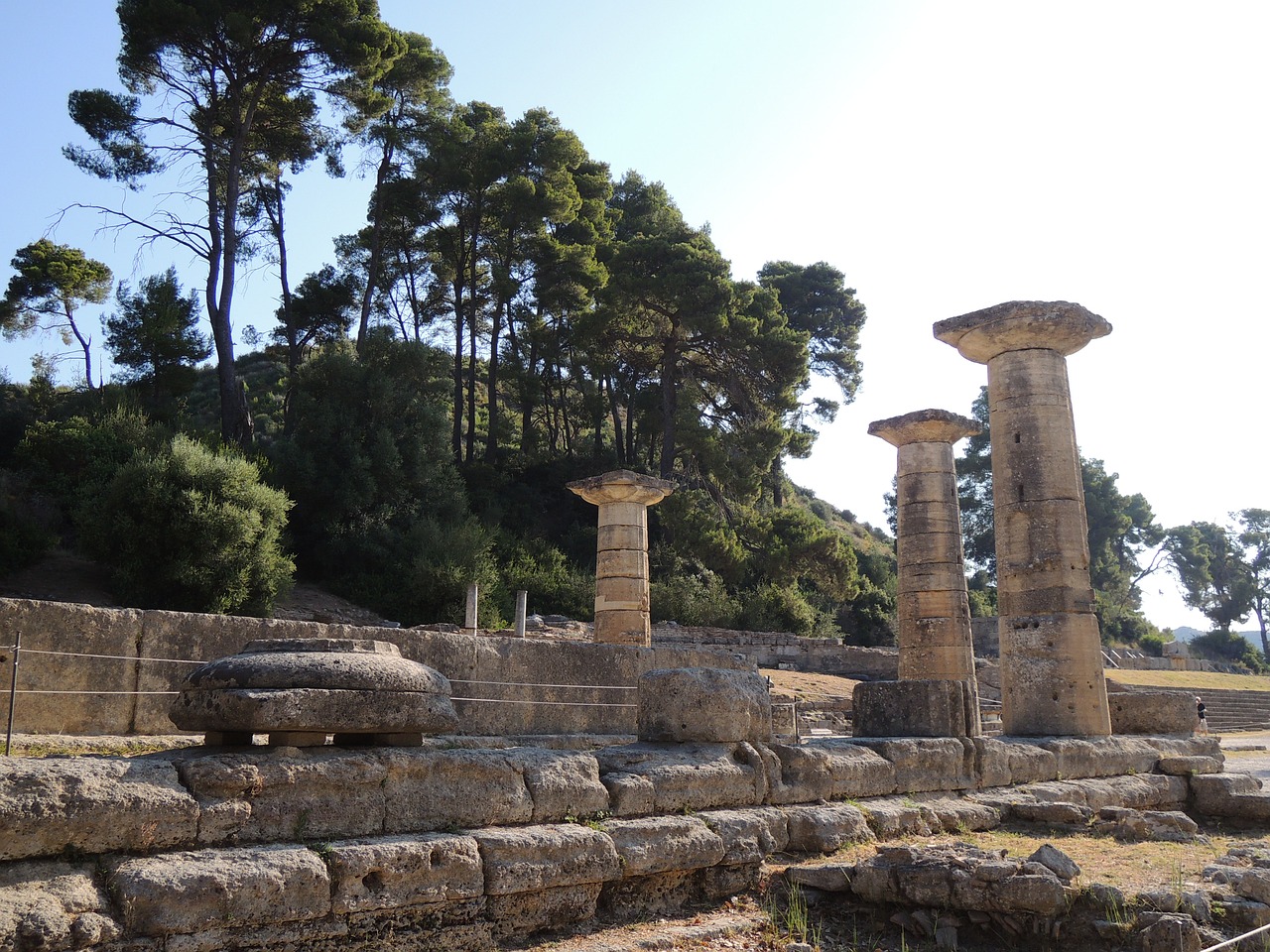
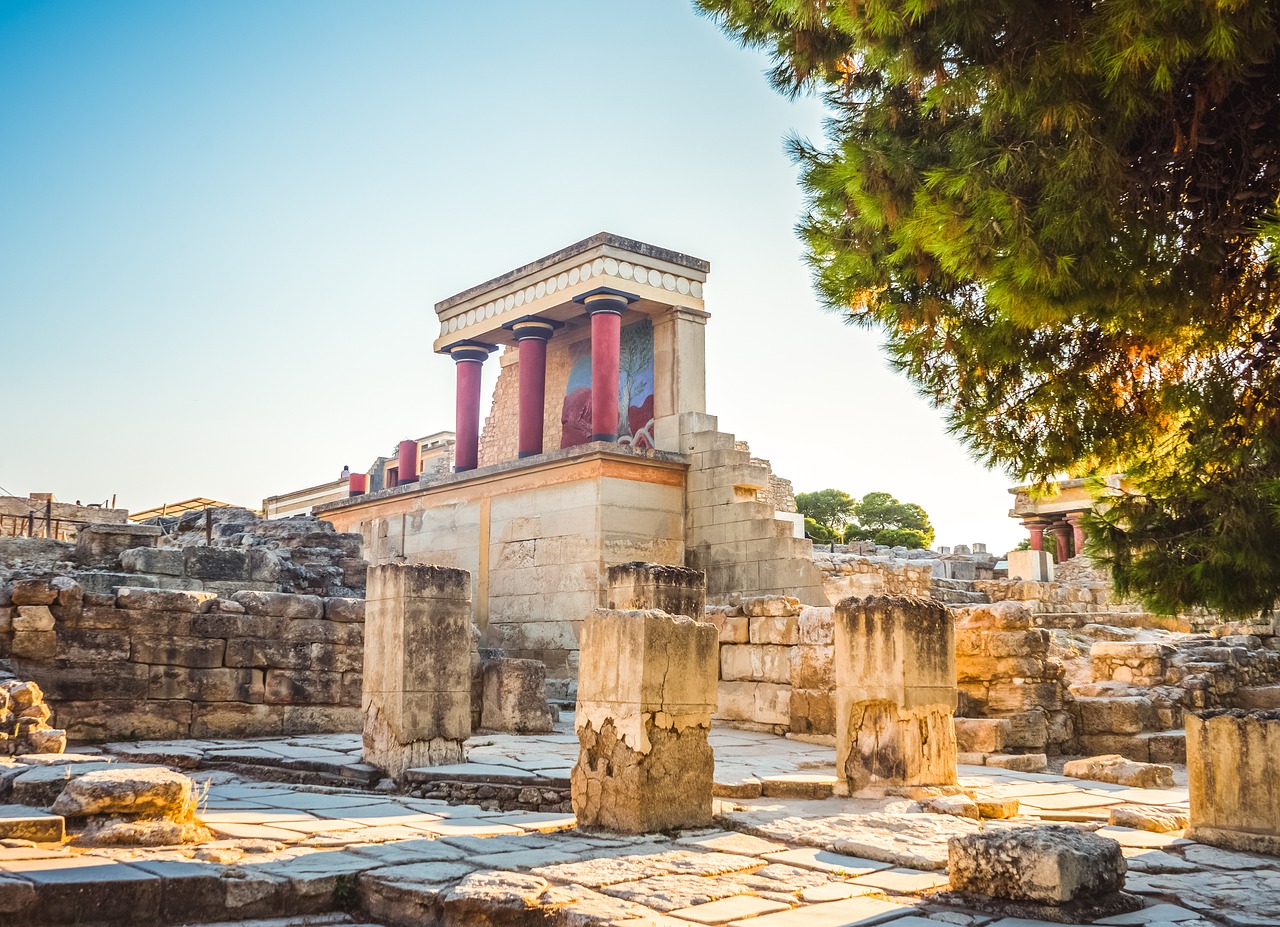
Mycenae
Description
Mycenae, located in the northeastern Peloponnese, was one of the major centers of Greek civilization during the late Bronze Age. It is often associated with the Homeric epics, the Iliad and the Odyssey, and the legendary King Agamemnon.
History
Mycenae was a powerful kingdom from around 1600 to 1100 BC. It is famous for its massive cyclopean walls, royal tombs, and connection to the Mycenaean civilization, which played a crucial role in Greek history and mythology. The site was discovered in the 19th century by Heinrich Schliemann, who also excavated Troy.
Highlights
- Lion Gate: The main entrance to the citadel, featuring a relief of two lions. It is one of the most iconic symbols of Mycenaean architecture.
- Treasury of Atreus: Also known as the Tomb of Agamemnon, this impressive tholos tomb dates back to the 14th century BC and features a large beehive-shaped burial chamber.
- Grave Circle A: A royal cemetery with rich grave goods, including the famous Mask of Agamemnon.
- Palace Complex: Offering panoramic views of the surrounding area and insights into the Mycenaean way of life.
When to Go
Spring and fall are the best times to visit Mycenae, with mild temperatures and fewer tourists. The site is open year-round, but summer can be hot and winter can be cool and rainy.
Getting There
Mycenae is about a 90-minute drive from Athens. Buses also connect Athens to Mycenae, and many tours include Mycenae as part of a broader itinerary of the Peloponnese.
Getting Around
The site is compact and can be explored on foot. Be prepared for some climbing and uneven terrain. The nearby Archaeological Museum of Mycenae provides additional context and displays artifacts from the site.
Epidaurus
Description
Epidaurus, located in the northeastern part of the Peloponnese, Greece, is renowned for its ancient theatre, which is considered one of the best-preserved classical Greek structures and a masterpiece of ancient architecture. Surrounded by lush landscapes, Epidaurus is also home to the Sanctuary of Asclepius, the god of medicine, making it a historic site of both cultural and medical significance.
History
Epidaurus flourished in the 4th and 3rd centuries BC as a healing center, thanks to the Sanctuary of Asclepius. Pilgrims from all over Greece would visit the sanctuary to seek cures for their ailments. The site included a hospital, healing baths, and the famous theatre, which hosted dramatic performances as part of the healing rituals. The sanctuary and theatre reflect the advanced understanding of medicine and the arts in ancient Greece.
Highlights
- Ancient Theatre of Epidaurus: Built in the 4th century BC, this theatre is celebrated for its exceptional acoustics and elegant design. It could seat up to 14,000 spectators and is still used today for performances during the annual Epidaurus Festival.
- Sanctuary of Asclepius: The healing center included temples, hospital facilities, and sacred springs. The Tholos, a circular building within the sanctuary, is particularly notable.
- Archaeological Museum of Epidaurus: This museum houses artifacts from the site, providing insights into the medical practices and daily life in ancient Epidaurus.
When to Go
The best time to visit Epidaurus is during the spring (April to June) and autumn (September to October) when the weather is mild and the crowds are smaller. The Epidaurus Festival, held in July and August, features classical performances in the ancient theatre and is a highlight for many visitors.
Getting There
Epidaurus is approximately a two-hour drive from Athens. You can reach it by car via the National Road from Athens to Corinth and then follow the signs to Epidaurus. Alternatively, there are regular buses from Athens’ Kifissos Bus Station that travel to Epidaurus.
Getting Around
The main archaeological site of Epidaurus is compact and can be easily explored on foot. For those interested in exploring the wider area, renting a car is recommended to visit nearby attractions, including the coastal town of Nafplio and other ancient sites in the Peloponnese.
Epidaurus offers a unique glimpse into the intersection of ancient Greek medicine, theatre, and architecture, making it a must-visit for anyone interested in the rich cultural heritage of Greece.
